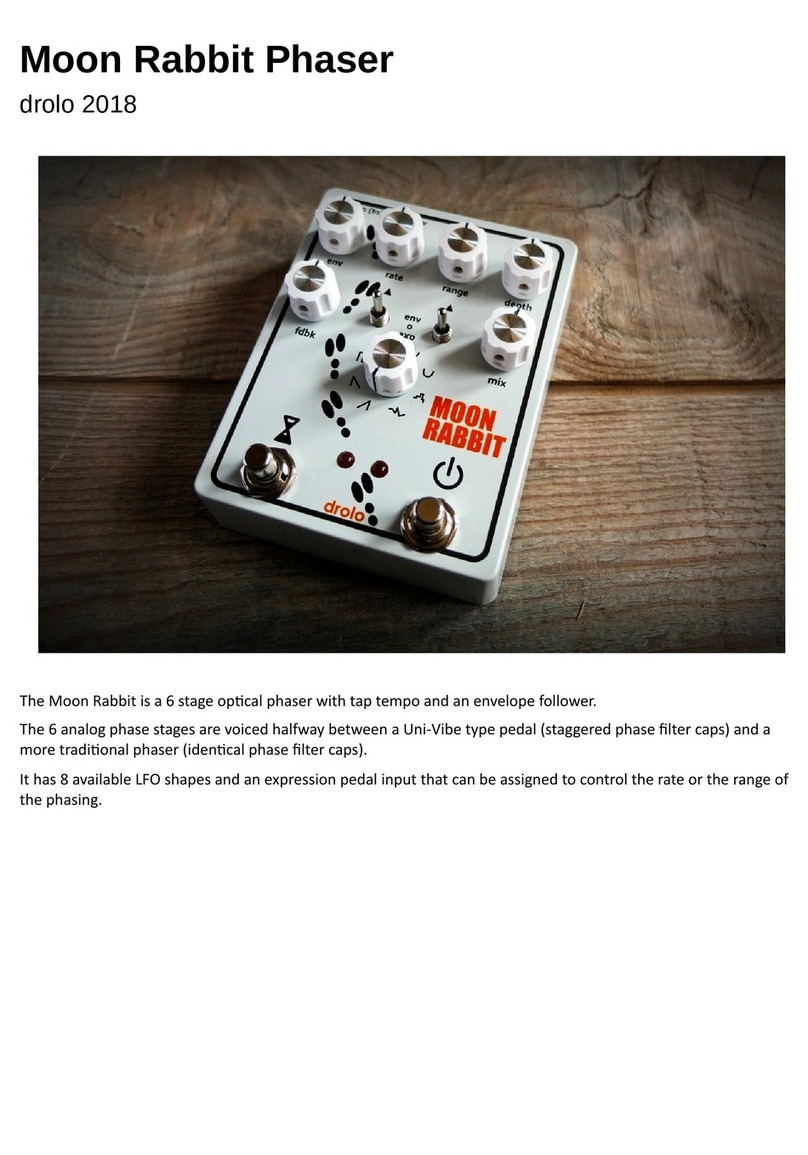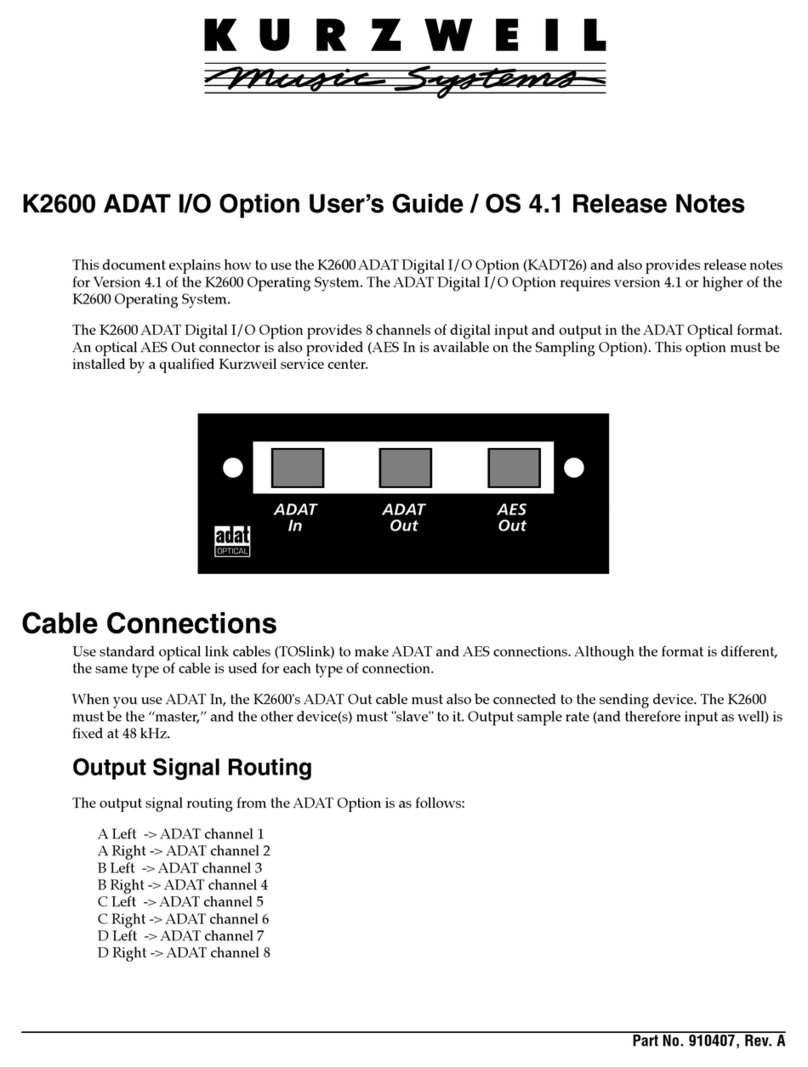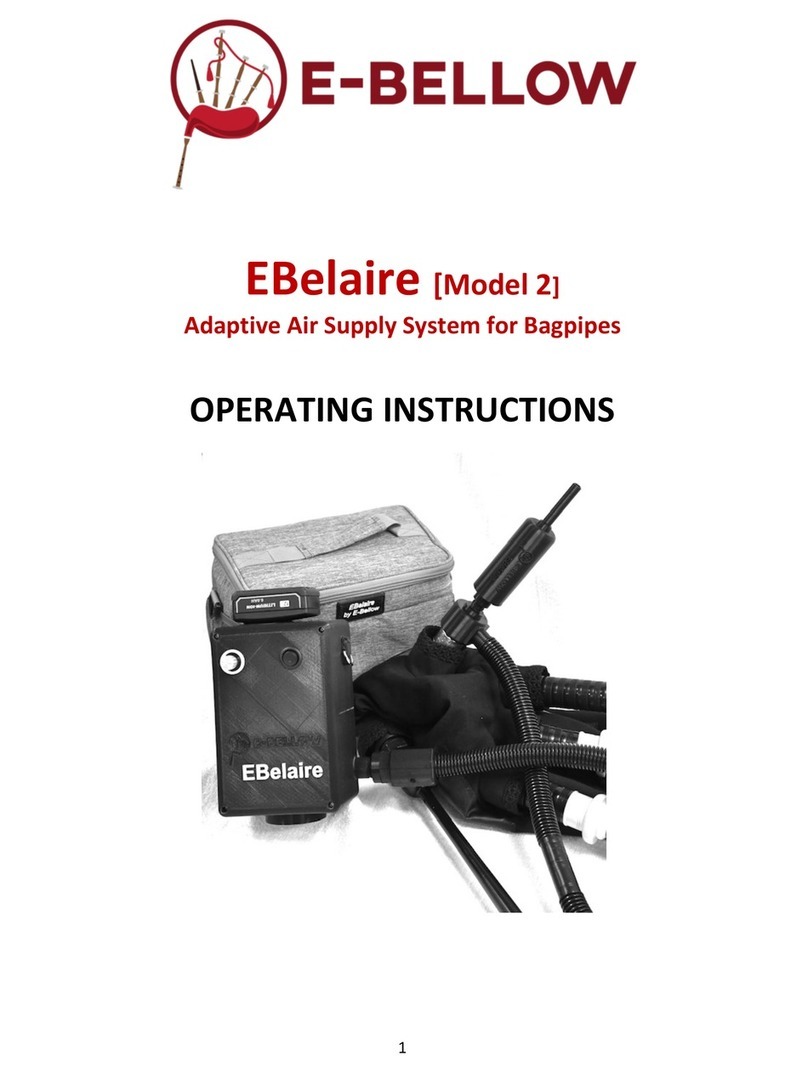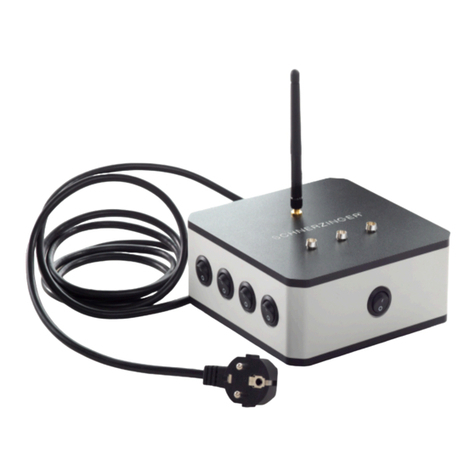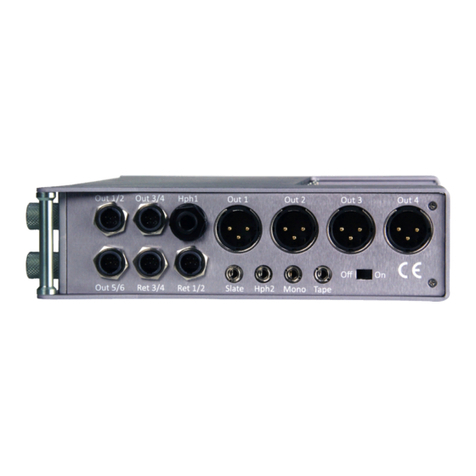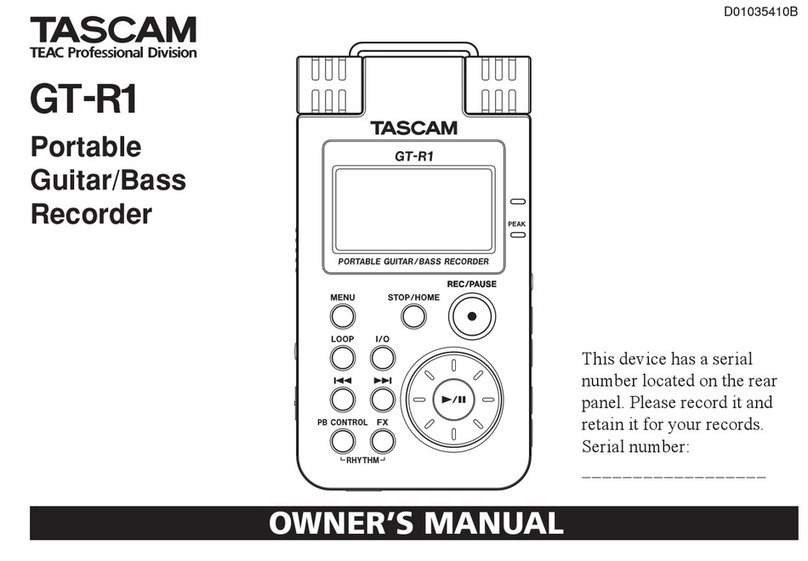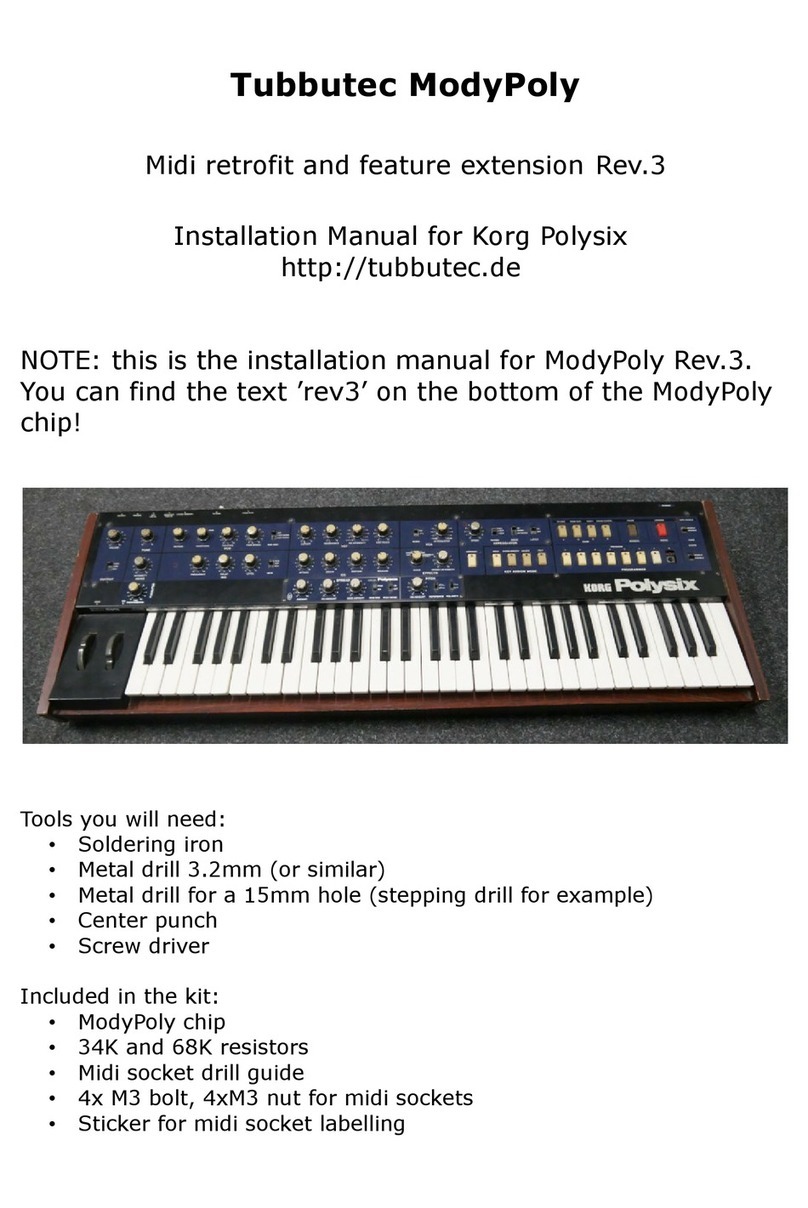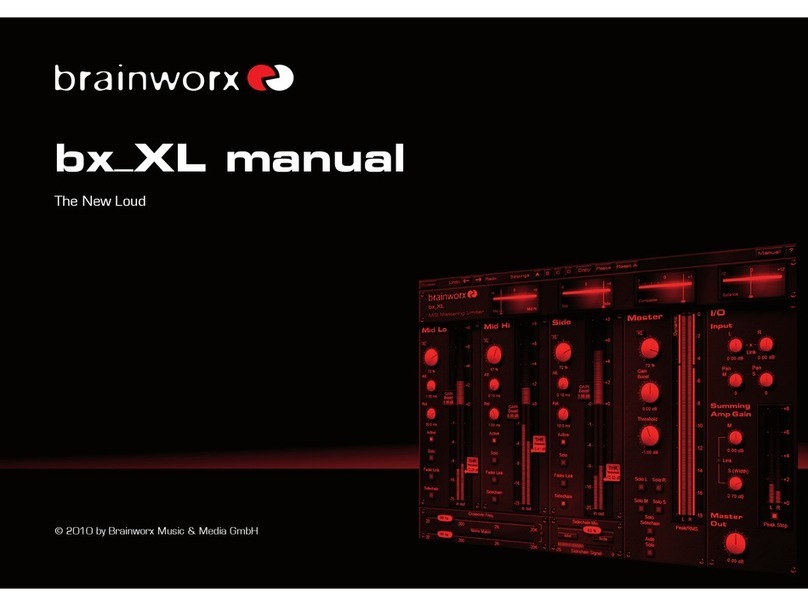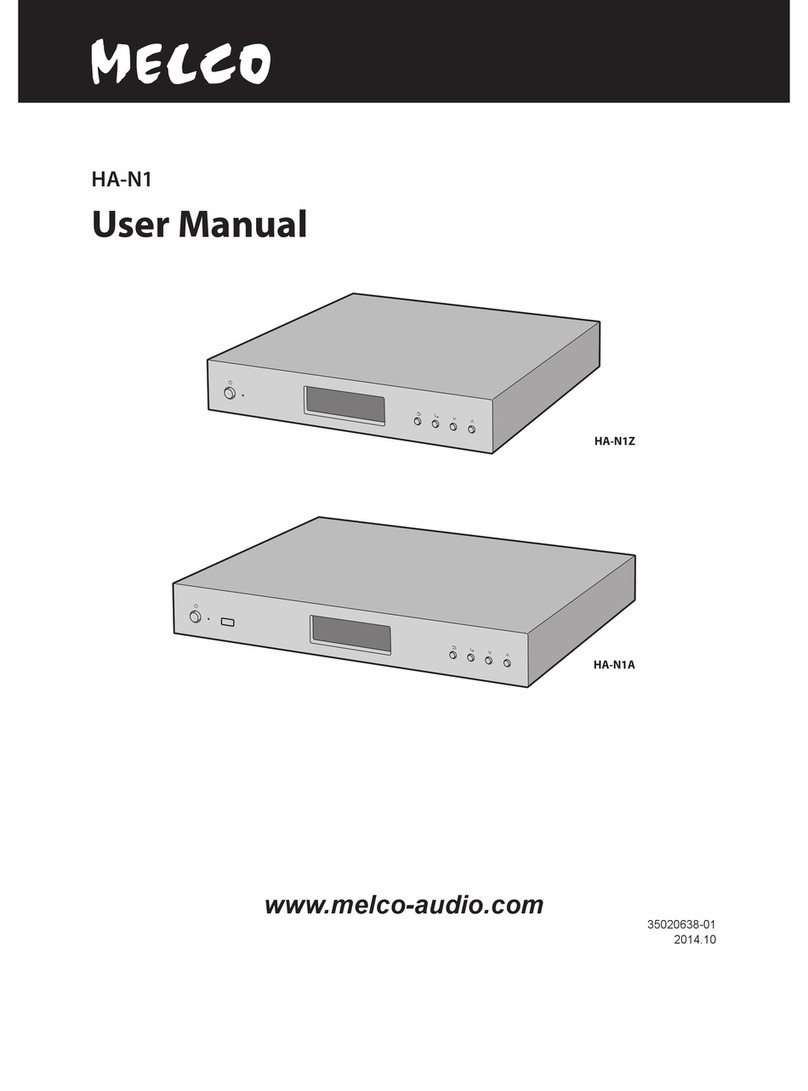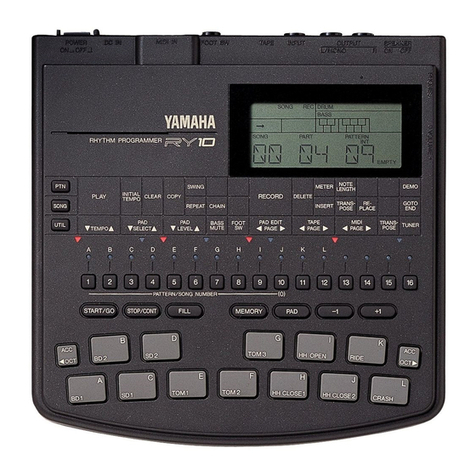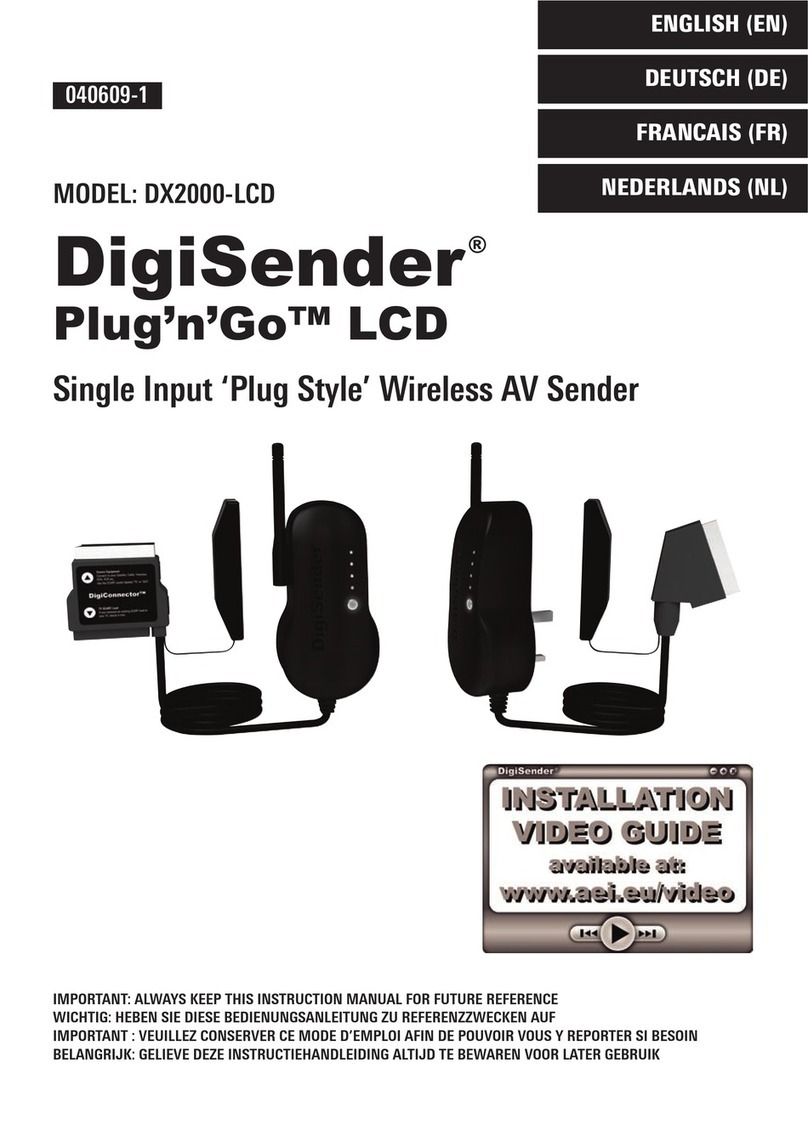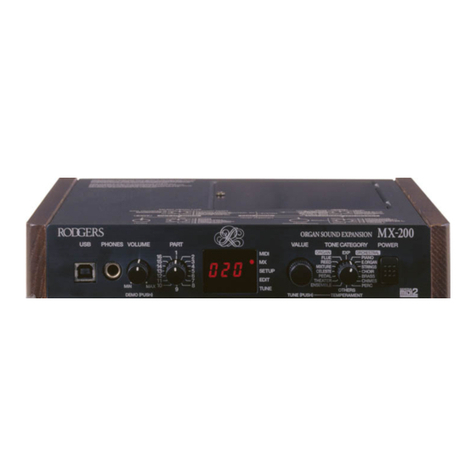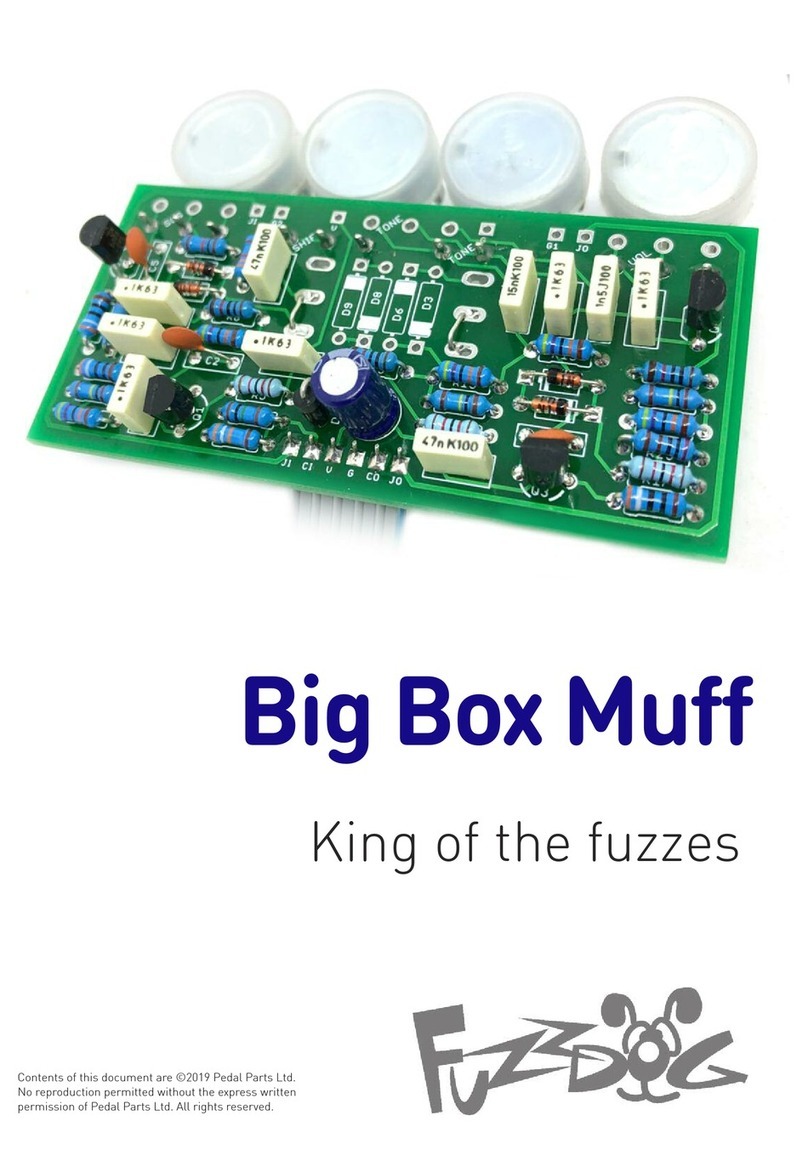SoundToys Little MicroShift User manual

Little MicroShift
User’s Guide
Version 5 : For Mac and Windows
Little Stereo Widening

2
soundtoys.com
CONTENTS (continued) PhaseMistress — Version 5
CONTENTS
THE BASICS / Pg. 3
THE LITTLE MICROSHIFT CONTROL PANEL / Pg. 5
Little MicroShift — Version 5
Mix ................................................................................................................... pg. 5
Style I .............................................................................................................. pg. 5
Style II ............................................................................................................. pg. 5
Style III ............................................................................................................ pg. 5
About Little MicroShift ............................................................................... pg. 4
Support / Contact ......................................................................................... pg. 6
ADDITIONAL INFORMATION / Pg. 6

3
soundtoys.com
THE BASICS Little MicroShift — Version 5
Figure 1: The Little MicroShift GUI

4
soundtoys.com
THE BASICS - ABOUT LITTLE MICROSHIFT Little MicroShift — Version 5
Little MicroShift brings us back to the early days of pitch-shifting, and
in fact our very own early days working at Eventide.* In those days, we
(Ken and Bob) were asked to create a stereo harmonizer, what would
eventually become the H3000 Multi-Effects Processor. The H3000
became an absolute effects monster, with dozens of effects algorithms
and hundreds of presets. The hard work paid off, and today you’ll be
hard pressed to find a studio or venue that doesn’t include a H3000 (or
later variant) in the rack.
As cool as all that was, the thing is, when we would walk up to a rack
with an H3000 in it, it was almost always set up for only small pitch
shifts to thicken and widen background vocals or instrumentation. The
idea behind this trick is fairly simple; dial in a few cents up on the left,
and a few down on the right, add a dash of delay, and voila - instant fat
stereo sound! Of course, it’s been used on lots of other things but that’s
really where the whole thing got started.
Micro pitch-shifting is still a vital part of most mix engineers “bag of
tricks” a couple of decades or so later, especially on guitars to get
crazy wide walls of sound. For this reason, vintage pitch-shifters like
the H3000 as well as the Eventide H910(x2), and AMS DMX 15-80 are
still in demand. In fact, some of the earliest plug-ins we developed,
SoundBlender and PurePitch, were designed to bring this trick into the
burgeoning digital domain.
Simply put, Little MicroShift will make your tracks anything but little.
Be it vocals, synths, guitars, backing vocals or whatever you choose to
run through it, Little MicroShift uses this classic studio widening trick to
spread out, thicken up, and give a new space to any track you hit with it.
With three pitch-shift modes, Little MicroShift combines the classic
sound of hardware coupled with advanced new features, all in a very
intuitive and easy to use plug-in. Little MicroShift is the go-to tool for
making things wider and bigger in your own virtual effects rack.
* Note: Eventide, Harmonizer, and H3000 are all trademarks of Eventide
Inc. AMS is a trademark of AMS Neve Ltd. These are mentioned for
historical purposes only. AMS and Eventide in no way endorse this
product, and are not associated or affiliated with Soundtoys.

5
soundtoys.com
THE LITTLE MICROSHIFT CONTROL PANEL Little MicroShift — Version 5
Figure 2: The Little MicroShift GUI
The Mix control determines the balance between the dry (unprocessed)
and wet (processed) sounds in Little MicroShift. For the clearest, widest
sound, 100 percent wet is the way to go. To get a thicker more chorused
sound, you can use the Mix control to blend some of the original dry
signal with the pitch shifted and delayed effect.
MIX
Modeled on preset #231 from the H3000. We’ve pretty closely matched
the delay and pitch variation (which isn’t exactly what the front panel
on the hardware displays, interestingly enough), and even emulated the
sound of the analog saturation present in the original hardware.
STYLE I
Modeled on preset #519 from the H3000, which was based on a
different pitch shifting algorithm. This has a slightly different feel
than Style I due to different amounts of delay variation and a different
frequency response.
STYLE II
Modeled on a favorite setting from another vintage hardware unit,
the AMS/Neve DMX 15-80. This style has much wider delay variation,
different saturation characteristics, and a different, harder, ‘de-glitching’
circuit.
STYLE III

6
soundtoys.com
ADDITIONAL INFORMATION Little MicroShift — Version 5
Now that you’ve taken the time to learn all about Little MicroShift,
have fun, experiment, and make greatness! If our plug-ins helped you
take your production to the next level, let us know, we’d love to hear
from you and what you were able to create with our software.
If along the way however you should run into any hiccups or anything
unexpected, we offer free technical support for all registered users.
Our FAQ contains many helpful answers. you can find it at:
http://support.soundtoys.com
If you need further support you can find our Customer Support
contact form at:
https://www.soundtoys.com/forms/support
You can also reach our support staff by e-mail at:
support@soundtoys.com
If neither of those options work for you, our office can be reached via
telephone at:
1-800-COOL-EFX
Please have the following information available to help assist our
support team:
• The product version and serial number
• The version number of your audio system (e.g ProTools
11.2.1, Cubase 8.0.5, Logic 10.2.0, Cakewalk Sonar X3)
• Your interface/hardware (e.g. Mbox Pro, Apogee Quartet,
RME Fireface, etc.)
• Your computer and operating system info (e.g. MacPro OS X
10.9.5, Windows 7 SP1, Windows 8.1, etc.)
• A detailed description of the problem
SUPPORT INFORMATION
CORPORATE CONTACT
Soundtoys, Inc.
PO Box 528
Burlington, VT 05402
Phone: 802-951-9700
Fax: 802-951-9799

Wave Mechanics, Soundtoys, Crystallizer, EchoBoy, FilterFreak, PhaseMistress, PitchDoctor,
PurePitch, SoundBlender, Speed, Decapitator, PanMan, Tremolator, Devil-Loc, Radiator,
MicroShift, PrimalTap, and their respective logos are all trademarks of Soundtoys, Inc.
All other trademarks are the property of their respective owners, which are in no way
associated or affiliated with Soundtoys. These trademarks are used only for historical
reference or to identify products whose sounds or tone were studied in the development
of our plug-ins.
© 2015 Soundtoys Inc. All rights reserved.
Little MicroShift — Version 5
Table of contents
